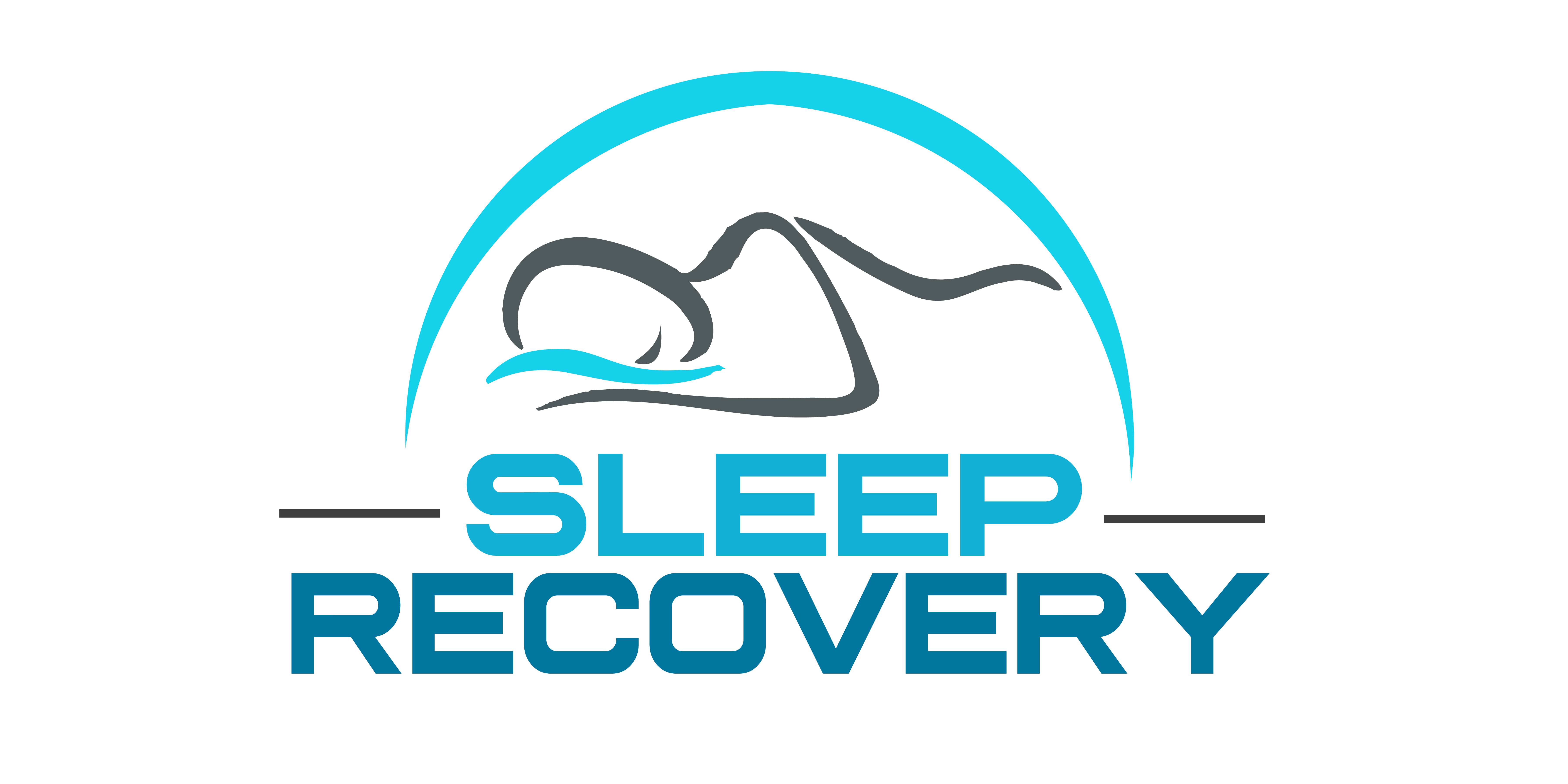How to Treat Restless Leg Syndrome

Gaining a greater understanding of this condition in the last 25 years has been difficult for both sufferers and researchers. Restless Leg Syndrome (RLS) affects an estimated 7-10% of the population, yet its treatment landscape has remained frustratingly limited until recent neurological breakthroughs began illuminating new pathways to relief.
New research reveals how this condition’s ripple effects extend far beyond night-time discomfort, reshaping our understanding of its impact on physical and psychological well-being.
Beyond Discomfort: The Cascading Effects of Untreated RLS
RLS represents more than a mere inconvenience for those experiencing the relentless urge to move their legs during rest periods. Research studies tracking patients over decades reveal concerning patterns of deterioration when the condition remains inadequately addressed:
Neurological Impact
Recent advanced imaging studies demonstrate how chronic RLS creates distinctive patterns of neural dysregulation:
– Progressive sensitization in dopaminergic pathways
– Altered iron metabolism in the substantia nigra
– Compromised thalamic function
– Disrupted circadian regulation systems
Doctors Christopher J. Earley and Richard Allen of Johns Hopkins University explain: “What begins as primarily sensory discomfort gradually creates lasting changes in the brain’s regulatory centers. This perpetuates a cycle where neural pathways become increasingly sensitized to minimal stimuli, making treatment more challenging over time.”
Physical Manifestations
The body bears the burden of chronic RLS through multiple systems:
– Cardiovascular stress from sleep fragmentation
– Compromised immune function
– Increased inflammatory markers
– Metabolic dysregulation
– Accelerated cellular aging processes
Research from the International RLS Study Group reveals particularly concerning associations with cardiovascular health, showing a 39% increased risk of hypertension and a 41% higher likelihood of developing heart disease among those with moderate to severe untreated RLS.
Emotional and Psychological Dimensions
Perhaps most alarming is the profound psychological toll this condition exacts. Clinical studies document:
– 63% higher rates of depression
– 58% increased anxiety disorders
– 47% higher incidence of cognitive impairment
– Significant reduction in quality-of-life measures
Debra Comrezon, who struggled with undiagnosed RLS for nearly two decades, describes this psychological dimension: “The hopelessness became almost worse than the physical symptoms. Night after night of disrupted sleep made me feel like I was losing my mind. The constant exhaustion affected everything—my work, relationships, and sense of self.”
The Sleep Architecture Connection
Modern polysomnographic studies reveal how RLS fundamentally disrupts sleep architecture, creating patterns of fragmentation that extend far beyond the moments of conscious awareness:
Disrupted Sleep Stages
RLS creates distinctive patterns of sleep disruption:
– 83% reduction in slow-wave sleep
– Frequent microarousals (averaging 27 per hour)
– Alpha wave intrusion during delta sleep
– Compromised REM sleep quality
– Reduced sleep spindle activity
These disruptions prove particularly significant as they affect the brain’s critical restoration processes. Dr. Steven Bell from the University of Cambridge, notes: “Even when patients don’t fully awaken, the constant neural interruptions prevent the brain from completing essential maintenance and memory consolidation processes.”
Long-term Consequences
Research tracking RLS patients over 15-year periods reveals concerning correlations between chronic sleep architecture disruption and:
– Accelerated cognitive aging (1.4x faster than control groups)
– Increased neurodegenerative risk factors
– Compromised emotional regulation capacity
– Reduced neuroplasticity
The Brainwave Connection: EEG Insights
Quantitative electroencephalography (qEEG) findings have transformed our understanding of RLS’s underlying mechanisms. High-resolution brainwave monitoring reveals distinctive patterns that offer both diagnostic clarity and treatment direction:
Signature Patterns
Advanced qEEG analysis identifies several characteristic brainwave abnormalities in RLS patients:
– Elevated beta activity during intended rest periods
– Aberrant sensorimotor rhythm disruption
– Compromised alpha-theta transitions
– Distinct thalamocortical dysrhythmia patterns
Neurofeedback: Retraining the Brain
Building on these neurophysiological insights, neurofeedback has emerged as a revolutionary approach to RLS treatment. This non-invasive methodology directly addresses the underlying brainwave dysregulation without the side effects frequently accompanying pharmaceutical interventions.
Mechanism of Action
Modern neurofeedback protocols for RLS work through several sophisticated mechanisms:
– Normalizing aberrant sensorimotor rhythms
– Reducing hyperexcitability in thalamocortical circuits
– Restoring natural sleep transitions
– Enhancing dopaminergic regulation
Research published in “Sleep Medicine Reviews” demonstrates that targeted neurofeedback can reduce RLS symptoms by 62-78% within 8-12 weeks of consistent treatment. Perhaps most remarkably, these improvements show excellent durability, with 84% of patients maintaining benefits 18 months post-treatment.
Personalized Protocols
Unlike one-size-fits-all pharmaceutical approaches, neurofeedback offers highly individualized treatment:
– Customized protocols based on personal qEEG patterns
– Progressive adjustment as neural patterns normalize
– Integration with circadian optimization
– Attention to individual comorbidities
Clinical Evidence
The scientific literature supporting neurofeedback for RLS continues growing:
– A multicenter trial showed 74% of participants achieved clinically significant improvement
– Comparative studies demonstrate superior long-term outcomes compared to dopamine agonists
– Neuroimaging confirms normalization of previously dysregulated brain regions
– Patient-reported quality of life scores show a 68% improvement
Personal Transformation Stories
Maria’s Journey
After fifteen years of escalating RLS symptoms and disappointing results from multiple medications, Maria discovered neurofeedback. “Within the first month, I noticed subtle changes in how quickly I could fall asleep. By the third month, the constant urge to move my legs had diminished dramatically. After six months, I experienced my first week without symptoms. I’d forgotten what normal sleep felt like.”
James’s Experience
A business executive whose international travel schedule exacerbated his RLS, James found that neurofeedback offered sustainable relief where medications had failed: “The medications would work initially, then gradually lose effectiveness. Neurofeedback gave me lasting improvement. Even during stressful travel periods, my symptoms remain manageable.”
The Path Forward
As our understanding of RLS’s neurophysiological basis continues evolving, treatment approaches increasingly focus on addressing root causes rather than symptom suppression. For those suffering from this challenging condition, modern neuroscience offers genuine hope for sustainable relief without the side effects and diminishing returns often associated with pharmaceutical interventions.
Integrating advanced qEEG analysis with personalized neurofeedback represents a significant paradigm shift in RLS treatment—moving from symptom management toward genuine neural rehabilitation. This approach recognizes that restoring healthy brain function provides the most direct path to lasting relief.
If you’re struggling with RLS, remember that modern treatment options extend far beyond traditional approaches. The brain’s remarkable plasticity means that even long-standing neural patterns can change with appropriate intervention. Through comprehensive assessment and personalized neurofeedback, you can work toward breaking the cycle of sleep disruption and physical discomfort that has too long defined your nights.
Your journey toward restful sleep may include challenges, but it need not be walked alone. Qualified neurofeedback practitioners can help guide you through this process, providing the technical expertise and compassionate support essential for successful treatment.
Remember that each step toward improved sleep quality represents an investment in symptom relief and overall neurological health and well-being. The latest advances in RLS treatment offer real hope—for quieting restless legs and restoring the peaceful, restorative sleep that forms the foundation of a whole and vibrant life.

